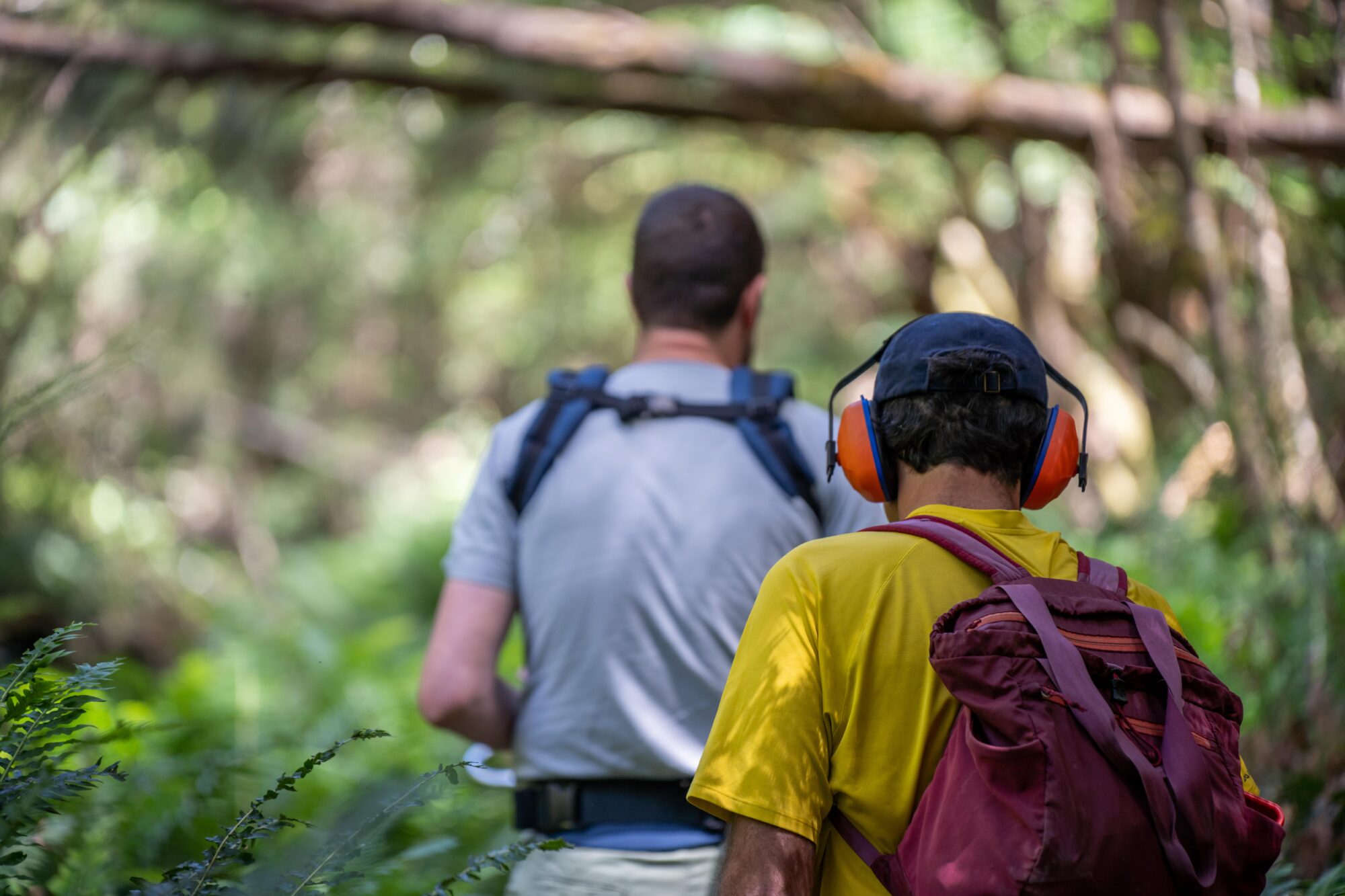Ever wondered what it feels like to capture the untamed beauty of a remote waterfall or the serene vastness of an untouched desert? The thrill of outdoor photoshoots in wild, remote locations can be as exhilarating as it is challenging. But here’s a surprising fact: many photographers, both amateurs and professionals, often overlook the importance of safety in their quest for the perfect shot.
Embarking on an outdoor photoshoot adventure demands more than just a keen eye for beauty; it requires preparation, respect for nature, and an awareness of the risks involved. From sudden weather changes to unfamiliar terrain, the elements can be as unpredictable as they are breathtaking.
However, with the right approach, these challenges can be navigated safely, ensuring that the focus remains on creativity and capturing those once-in-a-lifetime shots. The key lies in striking a balance between the wildness of the landscape and the well-being of the photographer and their subjects.
So, before packing the camera and heading into the great outdoors, it’s essential to consider the following safety tips. These guidelines aren’t just about personal safety; they’re about respecting the environment and ensuring that the only traces left behind are footprints and breathtaking photographs.
First and foremost, understanding the weather patterns of the chosen photoshoot location cannot be overstated. Weather can change rapidly in remote areas, turning a sunny day into a challenging situation within minutes. It’s advisable to check the forecast meticulously before departure and prepare for all eventualities. Carrying waterproof gear for the camera, appropriate clothing, and even a portable shelter can make a difference between a successful shoot and a perilous adventure.
Moreover, the terrain in wild locations can be treacherous. Whether it’s a slippery riverside, a steep mountain trail, or a dense forest, being aware of the environment is crucial. Investing in a good pair of hiking boots, carrying a first-aid kit, and having a detailed map or a GPS device can help navigate these unpredictable landscapes safely. It’s also wise to never venture out alone; having a buddy system in place can provide a safety net in case of emergencies.
Equally important is respecting the wildlife. Wild animals are unpredictable and can pose significant risks. Maintaining a safe distance, using a telephoto lens for close-up shots, and being aware of the surroundings can prevent unwanted encounters. Remember, we’re visitors in their habitat, and it’s our responsibility to ensure their peace is not disturbed.
Furthermore, staying connected is a lifeline when venturing into the unknown. In many remote locations, cell phone service can be non-existent. Carrying a satellite phone or a personal locator beacon (PLB) can be a game-changer in case of an emergency. It ensures that help is just a call or a button press away, providing peace of mind not only to the photographer but also to their loved ones back home.
Hydration and nutrition are other critical factors that are often overlooked. The physical exertion involved in outdoor photography, especially in wild settings, can be immense. Carrying sufficient water and high-energy snacks can help maintain energy levels, keeping the focus sharp and the creativity flowing. Dehydration and hunger can quickly turn an exciting photoshoot into a struggle for survival.
In conclusion, while the allure of capturing the wild and untouched beauty of nature is undeniable, it’s essential to approach such endeavors with caution and preparation. By understanding and respecting the environment, prioritizing safety, and being prepared for the unexpected, photographers can ensure that their outdoor photoshoots are not only successful but also memorable for all the right reasons. So, are you ready to venture out, camera in hand, with safety as your guide, to capture the beauty of the wild? The world is waiting to see your masterpiece.
